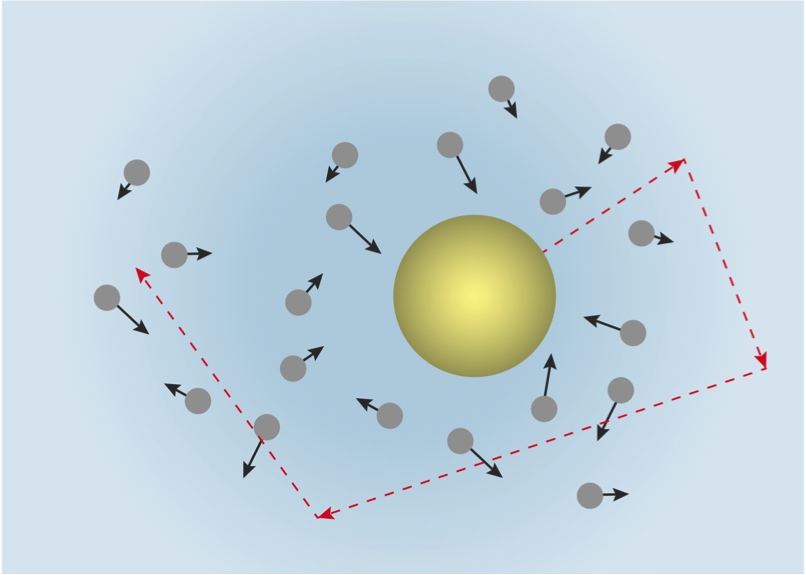James Clerk Maxwell
James Clerk Maxwell (1831–1879) was born in Edinburgh, Scotland, in 1831. His family moved to a small country estate in Middlebie, Galloway (southwestern Scotland) that his father, John Clerk inherited (the addition of the name “Maxwell” was required to satisfy legalities of this inheritance). When he was eight, James’ mother died, of abdominal cancer; she was forty-eight. John Clerk Maxwell was an attentive and perhaps overly protective father. Unfortunately, he made the mistake of entrusting James early education to a tutor who employed beatings as a teaching tactic. Fortunately, a visit from his maternal aunt, Jane Cay, discontinued this abusive treatment, as she was able to convince Maxwell’s father to allow him to continue his education at Edinburgh Academy.
Continue …
